Five years ago, I wrote a post on Fat and THEN carbs, latest in Pre-Race Nutrition for Marathon and Ultra. It’s been a very popular post and based on research suggesting that a low-carb diet may actually be optimal for endurance athletes as it trains muscles to be better fat burners. Today I’m sharing my newest Menu for Endurance & Marathon Fat Loading!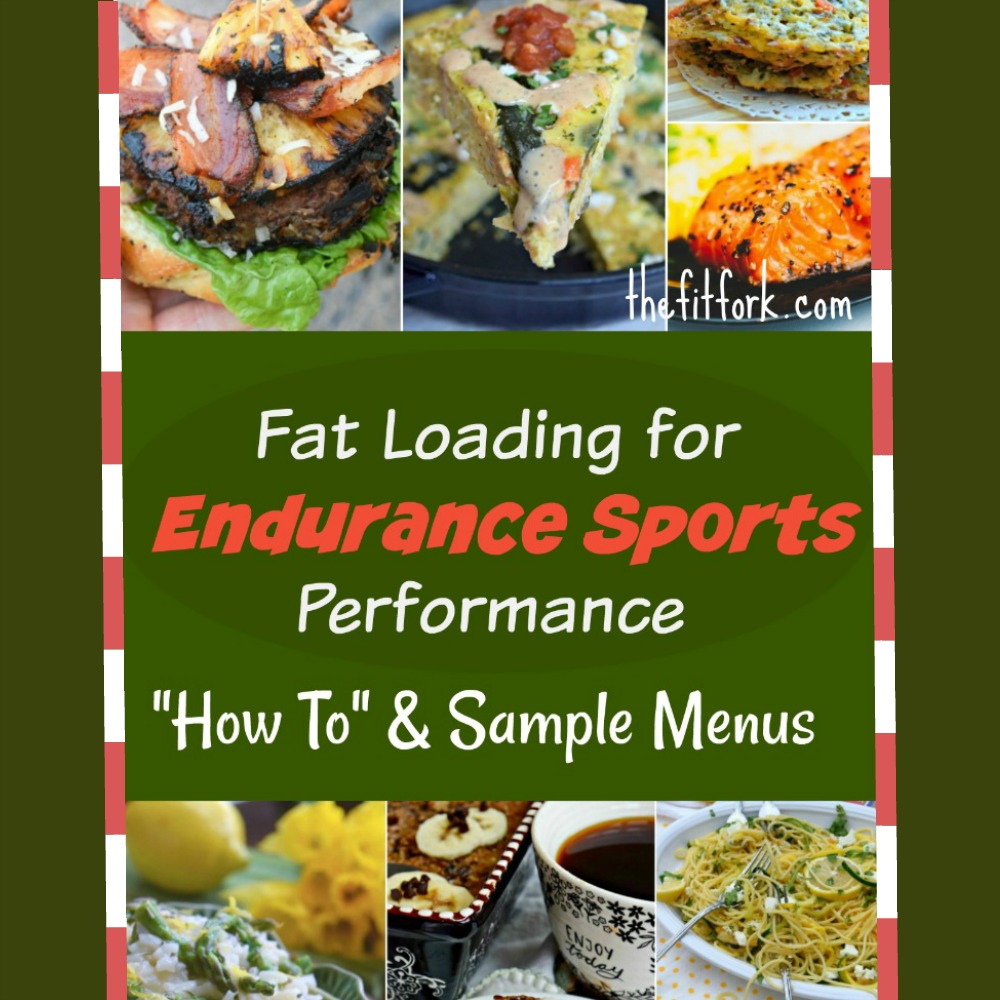
Read on to learn a little more about this type of training diet and get my NEW meal ideas/recipe to help you hit the macros on this diet without overdosing on bacon and avocados (although, nothing wrong with that).
In a nutshell, this diet works on the premise that when muscles can access fat as fuel during a race, glycogen stores are spared and saved for use later down the road – this means “hitting the wall” can be delayed and perhaps even avoided completely. Eating (healthy) fat foods and the very real hope of a bonk-free race is like a dream come true for distance runners, triathletes, obstacle course races, swimmers and all the other athletes out there who are go-go-go for more than 90 minutes.

But don’t swear off that plate of pasta just yet. Training day after day on a low-carb diet can leave a runner feeling like they have lead-filled legs. This sluggish, molasses-slow feeling comes from glycogen stores that have not been topped off. To me, this is the main obstacle to overcome in this high-fat diet – however, I did start to become acclimated to the feeling and my body adapted over time. Still, other research studies show that low-carb runners (41% carb intake) reported more fatigue and performance reductions than high-carb (65%) intake. The good news is this fat-loading marathon diet lets you revisit the carbs in the few days leading up to your big race so that you toe the start line with a full tank of energy.
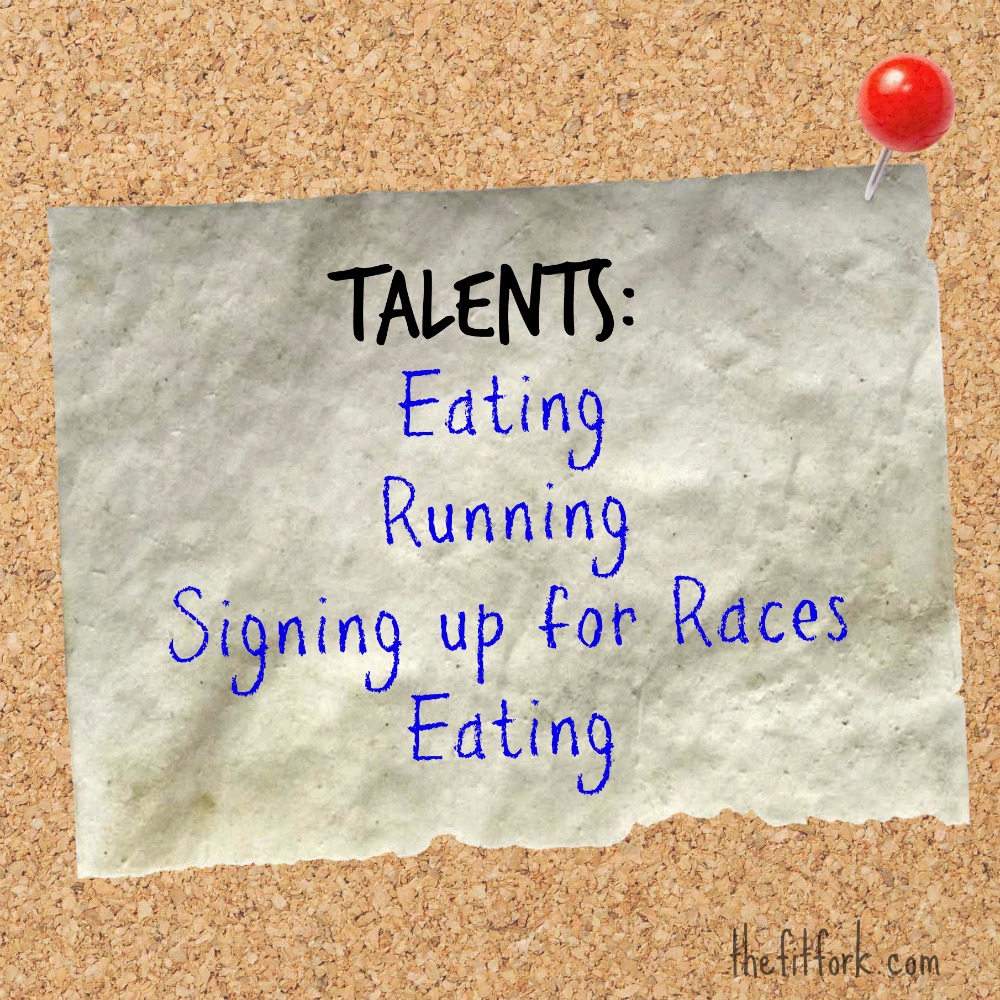
Try this two-week “fat loading” endurance diet for your next race and see what you think. The gist is to load your body with 65% of total daily calories from fats for 10 days before “flipping” to a more traditional 3-4 day carbo-load period. Fats in the “Fat Loading” stage should be quality fats from oils, nuts, meats, avocados, whole milk, cheese, eggs, fatty fish and so on. Because you’ve likely just entered a tapering phase in your training plan, your energy output won’t suffer too much. Three days before the race and on race morning, you go into “carb-loading” phase, which is pretty much the traditional diet of healthy whole grains like pasta, quinoa, rice and oats along with all types of other complex carbs like all vegetables and fruits – although, to avoid digestive troubles, stay away from too much fiber in the 24 hours leading up to the event.
One of the initial studies conducted by the University of Cape Town in South Africa said that after a 10-day ‘fat-load’ followed by 3-day ‘carbo-load’, their test group of experienced cyclists were able to complete a 20k time trial 4.5 percent faster after following the diet protocol.
To recap:
- Day 14 through Day 5 before event: High-Fat, Low-Carb
- Day 4 through Day 2 before event: High-Carb, Low-Fat
- Day 1: Race!
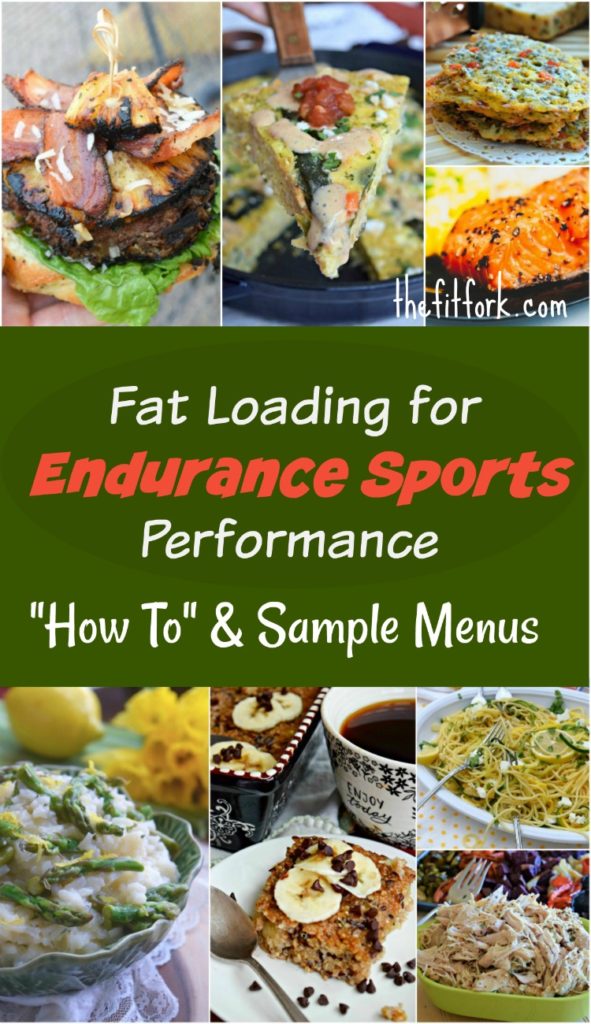
See my original post on Fat and THEN carbs, latest in Pre-Race Nutrition for Marathon and Ultra. And Why I’m Eating Heaping Helpings of Healthy Fats for more info and my original meal suggestions. However, I’ve come up with a few new MENU IDEAS because, variety is the spice of life when it comes to a healthy diet, regardless of what dietary pattern you choose to follow. The following Menu for Endurance & Marathon Fat Loading Nutrition Plan, all the macros fit with the “fat loading” 65% fat days and the “carb” loading 70% carbohydrate days.
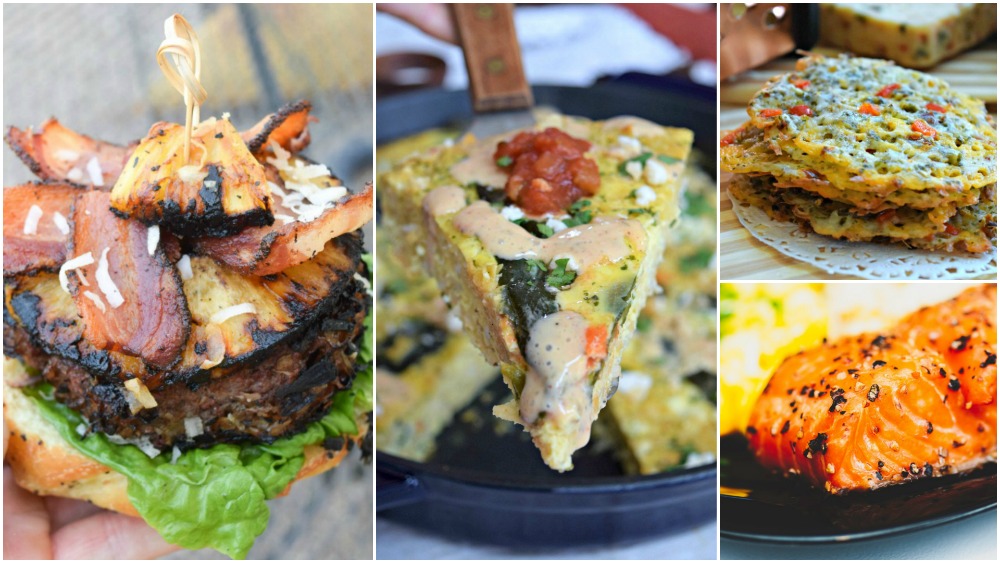
Sample FAT LOADING Menu: Based on a daily diet of roughly 2,200 calories, you will need to consumer approximately 158 grams of fat throughout the day to hit the 65% fat target. You’ll need to avoid everything with added simple sugars and even significantly reduce your intake of complex carbs. The following breakfast, lunch, dinner and snack combination comes it at a total of 2230 calorie, 156g fat, 137g protein and 91g carbohydrates (with 22g being sugar).
Breakfast:
- 1 serving Hatch Chile Breakfast Egg Bake (recipe modifications: use whole milk, omit rice)
- 2 slices bacon
Lunch:
- Coconut Bacon Burgers with Grilled Pineapple (recipe modifications: omit bun and serve on lettuce)
Dinner:
- 1 (6-oz) portion Lemon Ginger Salmon
- Salad with 2 cups raw spinach, ½ medium avocado and 2 tablespoons olive oil dressing
Snacks:
- 3 pieces of Jalapeno Four-Cheese Frico
- 1-ounce roasted almonds (about 24)

Sample CARB LOADING Menu: Based on a daily diet of roughly 2,200 calories, you will need to consume approximately 355 grams of carbohydrates throughout the day to hit the 70% carbohydrate target. This 2168 calories, 362 grams carbohydrate (with 165 coming from sugar), 44 grams fat and 95 grams protein.
Breakfast:
- 2 servings Banana Quinoa Oats Breakfast Bake
- 8 ounces orange juice
Lunch:
- 1 serving 12 Minute Noodle Zoodle Toss (recipe modifications: reduce olive oil to 2 tablespoons and reduce queso fresco cheese to ¼ cup.
- ½ whole grain bagel with 1 tablespoon blueberry jam
- 1 medium banana
Dinner:
- 5 ounces Honey Garlic Slow Cooker Shredded Chicken
- 1 serving Microwave Asparagus Risotto (recipe modifications: reduce butter to 1 tablespoon, reduce parmesan cheese to ¼ cup)
- 1 medium apple sliced, microwaved and drizzled with maple syrup
Snacks:
- 1 cup plain Greek yogurt with 2 tablespoons honey and ¼ cup blueberries
- 6 whole pitted dates
Also, don’t miss my recent post on Nutrition Timeline for Marathon Recovery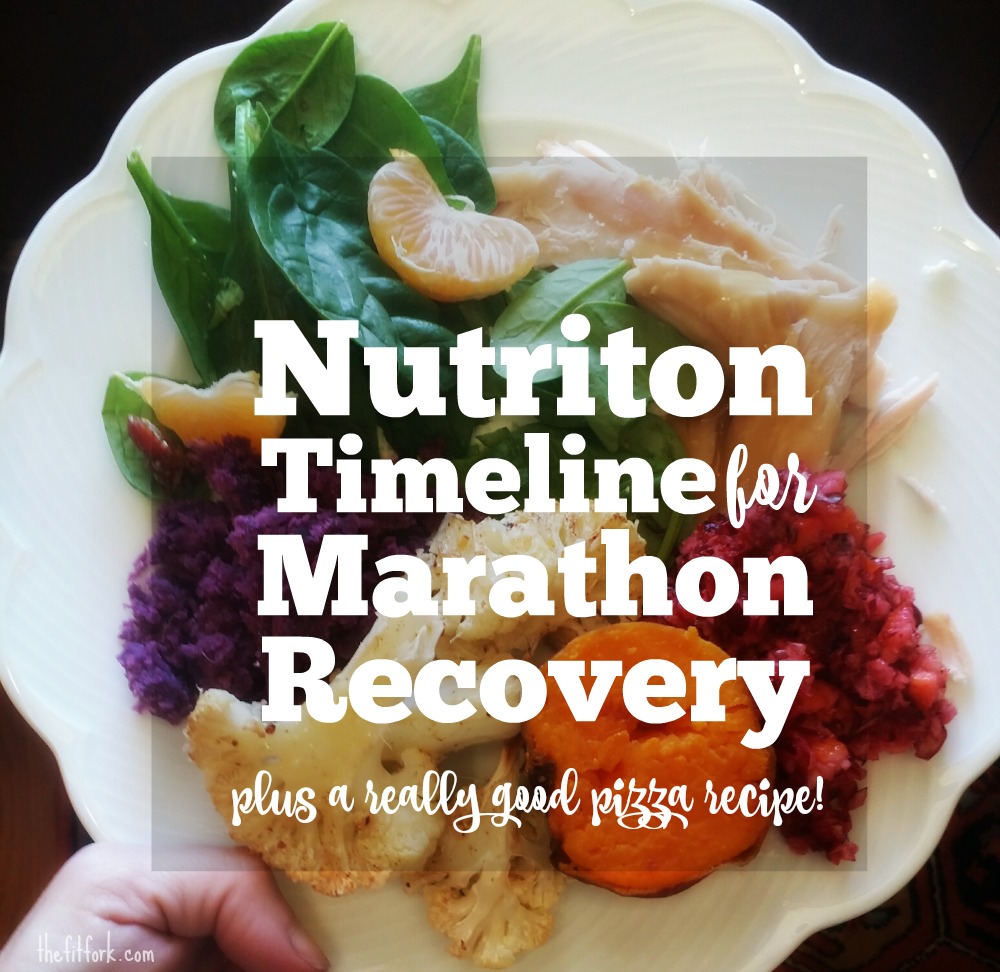
What do you think about this Menu for Endurance & Marathon Fat Loading Nutrition Plan? Have you ever done anything like this before a marathon, Ironman, spartan or other endurance sport and how did everything turn out? Please share in the comments — XOXO, Jennifer

Super interesting. I have a kettlebell meet next week and I’m thinking I eat too much fiber and complex carbs before the event. Maybe I should try to add more fats and cut some of the starch. I use MCT oil but it’s better if I use it 30 minutes prior to my set. I’ve never tried fat loads because my body burns carbs efficiently. Any thoughts on shorter events? Thank You Lisa
Interesting you figured out using fats 30 min before your set helps! I know for endurance sports, you body can only load enough glucouse to take you about 2.5 – 3 hours . . .but if you train your body on how to use some of the fat first, some of those carbs can be saved for down the line. However, you DO have to do a traditional carb load 72 hours out from the endurance event so you have maximum glucose reserves to draw on. If you just fat-loaded until race day, you’d be sluggish and lead legged
Interesting! I have not tried this method of fueling for a training but if you can still have carbs then I just might give it a try! 😉
I won’t like — even though you get bacon and avocados galore, the high fat phase is really hard
I’ve heard about this method! I’d be willing to give it a shot!
The high fat days were hard to get used to, even as a normal lower-carb eater . . . and then the 3 days of 70% carbs was pure heaven 😉
I’ve never gone all in on this approach but I lean that way- definitely more fats in the week or so pre marathon and then a switch to more carb 3 days out… but likely not as high as either of these. But it does seem effective! I just get too lazy to track it.
I’m typically not much of a super detail oriented macro tracker person either, but I thought I would do a total “buy in” for the first article when I wrote it 5 years ago. It was very hard for me to eat the 65% fat, even as a higher-protein, lower carb kind of person . . . but I did it . . and as murphy’s law would have it, the marathon was iced out! Since then, I just intuitively eat that way, falling a little more in the middle when not training for a big race.
good day, you only speak about the % of the macro’s, but what did you use as kCal/kg for energy? surely not all will be 2200kCal/day?